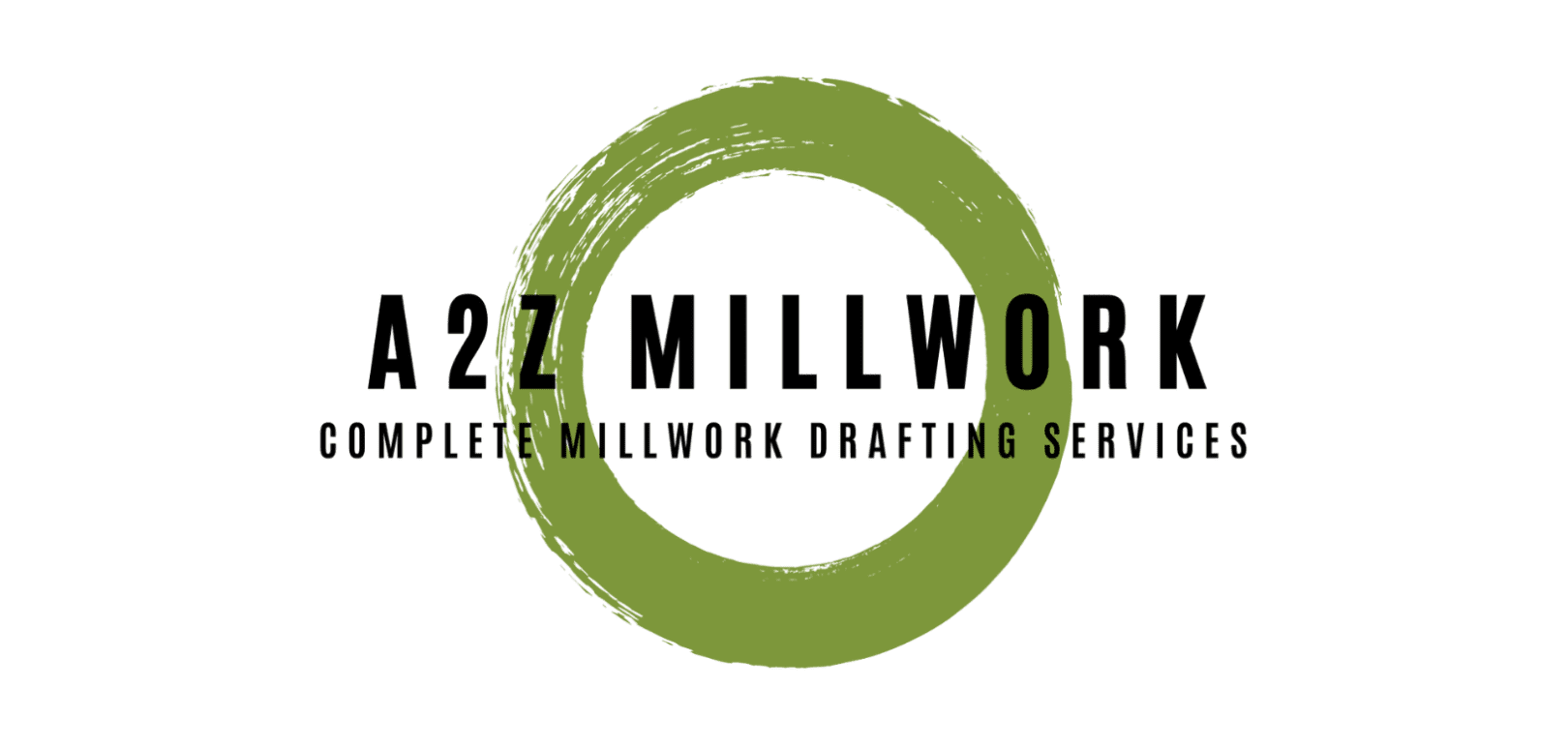Introduction: The Silent Profit Killer in U.S. Manufacturing
In the fast-paced U.S. manufacturing sector—especially in millwork, cabinetry, and woodworking—profit margins are tighter than ever. Labor shortages, material price hikes, and rapid customer expectations have forced companies to re-examine their processes.
While many firms focus on machinery upgrades or labor management, one overlooked factor quietly erodes profits: the lack of AutoCAD standardized templates.
Without consistent, standardized shop drawing templates, manufacturers face:
- Rework caused by inconsistent drafting styles
- Miscommunication between design and production teams
- Delays in RFQ (Request for Quote) responses
- CNC programming errors due to unclear details
This blog unpacks why U.S. manufacturers can’t afford to ignore AutoCAD standardization and how it directly impacts the bottom line.
What Are AutoCAD Standardized Templates?
Before understanding the profit impact, let’s define the concept.
🔹 AutoCAD Standardized Templates (DWT files):
- Predefined drawing formats with layers, title blocks, line types, dimension styles, and blocks set in advance.
- Ensure that every engineer, drafter, or subcontractor works from the same baseline.
- Act as a bridge between design intent and manufacturing execution.
In simple terms, standardized templates set rules for consistency. Instead of every project starting from scratch, drafters follow the same visual language and technical parameters.
The Cost of Not Using Standardized Templates in U.S. Manufacturing
Here’s where U.S. manufacturers often lose profit margins without even realizing it.
1. Inconsistent Drawings = Rework on the Shop Floor
- Different drafters create drawings in different formats.
- Shop floor teams waste time interpreting them, leading to errors and delays.
- Rework eats into project budgets — according to Dodge Data Analytics, rework accounts for nearly 5% of total project cost in U.S. construction and millwork.
2. Slower RFQ and Estimation Turnaround
- RFQs demand speed. If templates aren’t standardized, compiling drawings and BOMs (Bill of Materials) takes longer.
- Competitors with template-driven automation can respond 30–40% faster.
3. Miscommunication Between Design and Production
- Without templates, line weights, hatch patterns, and notes vary.
- CNC operators may misinterpret drawings, causing programming errors.
- Result = wasted material, wasted labor, lost profit.
4. Training Bottlenecks for New Hires
- U.S. manufacturers struggle with labor shortages.
- Non-standardized templates mean every new drafter must learn “tribal knowledge” instead of a clear system.
- Training time doubles, which increases overhead.
How Standardized Templates Drive Profitability
✅ Faster RFQ Responses
- Pre-built templates allow teams to plug in project details quickly.
- Millwork firms can send proposals faster, winning more bids.
✅ Reduced Material Waste
- Clear, standardized dimensions minimize errors before reaching CNC machines.
- According to FMI research, better documentation reduces material waste by up to 15%.
✅ Consistent Brand Image
- U.S. clients expect professional, uniform drawings.
- Templates make your outputs look polished and reliable, reinforcing trust.
✅ Scalable Operations
- As manufacturers grow, multiple drafters can work seamlessly.
- Standardization = efficiency even at scale.
Real-World Scenario — Two Cabinet Shops Compared
🔹 Shop A (No Standardized Templates):
- Each drafter uses their own drawing format.
- CNC team wastes 4–6 hours weekly fixing inconsistent files.
- RFQ responses take 2–3 days longer.
- Rework costs $50,000 annually due to misinterpretations.
🔹 Shop B (With Standardized AutoCAD Templates):
- Drawings look identical regardless of drafter.
- RFQ packages go out same-day.
- CNC integration is seamless.
- Saved 12% in material and $70,000 annually in reduced errors.
The difference? Shop B uses AutoCAD standardized templates.
Why This Matters in the U.S. Market Today
- Labor Shortages: Skilled drafters are hard to find. Standardized templates make it easier for junior staff to produce senior-level outputs.
- Material Prices Rising: According to the National Association of Home Builders, lumber prices increased by 14% in 2023 alone. Standardization reduces waste and maximizes yield.
- Customer Expectations: U.S. clients want faster turnarounds, accurate drawings, and reliable estimates. Firms that fail to deliver risk losing repeat business.
In other words: templates are no longer optional — they’re essential for survival.
Best Practices for U.S. Manufacturers Adopting AutoCAD Templates
- Define Layer Standards – Ensure every drawing uses the same layers for walls, cabinetry, dimensions, etc.
- Pre-Build Blocks – Create dynamic blocks for common millwork elements (cabinets, shelving, casework).
- Standardize Title Blocks – Consistent branding, project info, and revision tracking.
- Automate BOM & Take-Offs – Link templates with material lists for faster RFQs.
- Train Teams on Standards – Create a short handbook so every drafter knows how to use them.
Conclusion: Standardization = Profit Protection
In U.S. millwork and manufacturing, profits don’t just disappear because of labor or materials — they vanish through inefficiency and inconsistency.
AutoCAD standardized templates eliminate this silent profit drain by:
- Reducing rework
- Accelerating RFQ responses
- Improving CNC accuracy
- Enhancing collaboration across teams
At A2Z Millwork Design LLC, we help U.S. manufacturers unlock this advantage with AutoCAD shop drawings built on standardized templates. Our expertise ensures that your projects move from RFQ to production without unnecessary delays or costs.





